TP-Link Deco X60 vs. Eero Pro 6: Which Wi-Fi 6 mesh router should you buy?
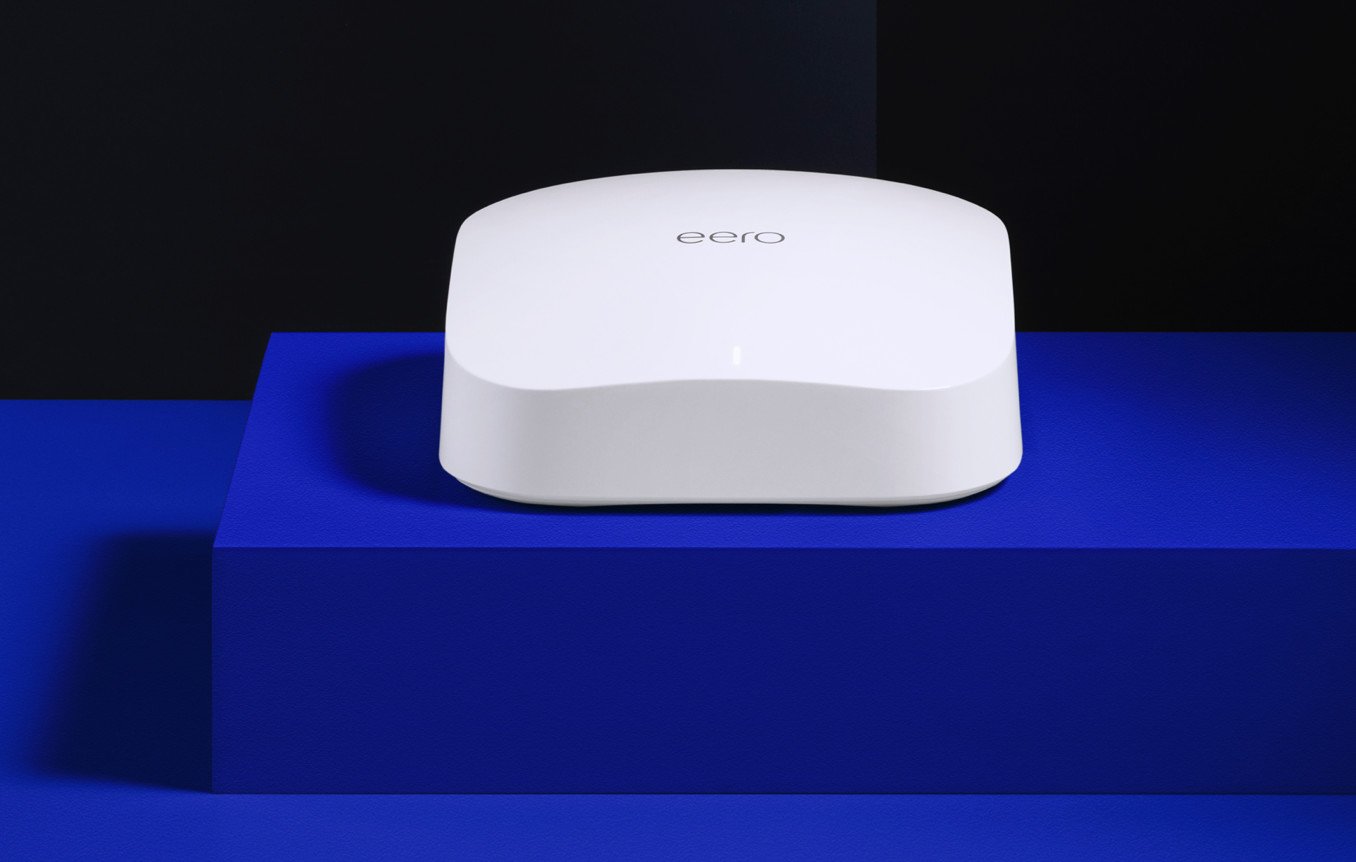
Eero Pro 6
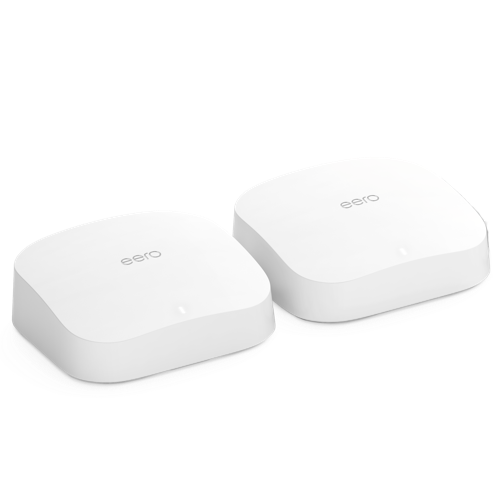
Eero has made a name for itself by making simple-to-use mesh systems with enough speed for most people. The Eero Pro 6 is the first Eero that can keep up with a gigabit internet connection with multiple nodes thanks to a fast tri-band AX4200 Wi-Fi solution. You can even upgrade an older Eero system with Wi-Fi 6 at the core thanks to full compatibility with all other Eeros.
Eero Pro 6
Tri-band mesh
TP-Link Deco X60
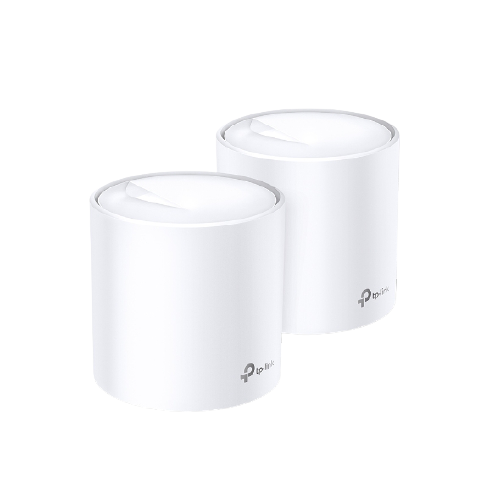
The TP-Link Deco X60 is easily one of the best values in mesh systems thanks to an AX3000 Wi-Fi 6 setup that should be fast enough for most people. Two units cover a massive 5,800 square feet and can be expanded with any other Deco nodes. TP-Link also includes its robust HomeCare software solution for complete parental controls as well as improved network security.
TP-Link Deco X60
Affordable coverage
The TP-Link Deco X60 is fast enough for most people and at this price, offers amazing coverage with a ton of expansion options. TP-Link also has one of the most complete free software packages with HomeCare. Eero Pro 6 feels like it was designed from day one to be deployed in a high-performance mesh. This is thanks to its fast AX4200 speed backed up by a tri-band connection that allows it to deliver full Wi-Fi 6 speeds to devices without compromising on the mesh link speed. If it's in your budget, Eero Pro 6 is one of the best Wi-Fi 6 mesh systems you can buy.
TP-Link Deco X60 vs. Eero Pro 6: Tri-band Wi-Fi
Eero's Pro line has always had the advantage of being a tri-band which allows the router to dedicate one of its 5GHz bands to the mesh backhaul. While this is less important thanks to the raw speed Wi-Fi 6 offers in addition to improved efficiency thanks to OFDMA and 1024 QAM but having a dedicated band is still superior.
Eero Pro's AX4200 speeds break down to 574Mbps at 2.4GHz, 1201MHz on the lower of the two 5GHz bands, and 2402Mbps on the high 5GHz band. This capacity allows the Eero Pro 6 to maintain gigabit speeds across all mesh points even if it has to connect through a remote node.
The TP-Link Deco X60 is by no means a slow router and for most people, it should be far more than enough speed for just about anything you do on a home Wi-Fi connection including 4K streaming on multiple devices, video conferencing, and even downloading large files without breaking a sweat.
Where it won't hold up as well as the Eero Pro 6 is in large workloads that need a lot of speed on a remote node. This is because the mesh connection must share the single 2402Mbps 5GHz band with the mesh connection and devices. Still, as long as the connection quality remains high, it should keep up with the majority of internet connections just fine.
Be an expert in 5 minutes
Get the latest news from Android Central, your trusted companion in the world of Android
| Header Cell - Column 0 | Eero Pro 6 | TP-Link Deco X60 |
|---|---|---|
| Wi-Fi standard | Wi-Fi 6Tri-band | Wi-Fi 6Dual-band |
| Wireless speed | AX4200 | AX3000 |
| Ethernet ports | 2 WAN/LAN | 2 WAN/LAN |
| Setup and management | Eero app | Deco app |
| Voice assistant | Amazon Alexa | Amazon Alexa |
| Smart home | Zigbee | None |
| Dimensions (inches) | 5.3x5.3x2.1 | 4.33x4.33x4.99 |
Both systems are set up via a smartphone app which makes the process simple and quick. Amazon Alexa support is also included with both systems. If you're looking to integrate your smart home devices, Eero Pro 6 has a Zigbee hub built-in further simplifying your home network.
TP-Link Deco X60 vs. Eero Pro 6: Coverage
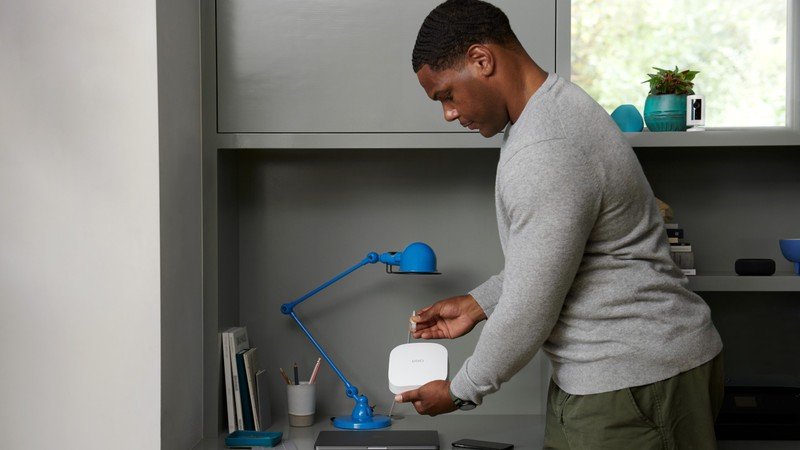
According to TP-Link, the Deco X60 can impressively cover up to 5,800 square feet with two nodes. This should be taken with a grain of salt and you should always overbuy for your home especially when it comes to mesh systems. This is because the mesh nodes need to be able to connect. Your Wi-Fi speeds can only ever be as fast as that node's link to the main router so if you're just on the edge of coverage, you may see your speeds drop below acceptable levels.
Eero reckons you can cover up to 3,500 square feet with two Eero Pro 6 nodes. This setup falls short of the Deco's coverage by quite a lot but Eero's great compatibility allows you to add more coverage as needed and you can even save by opting for a slower extender in areas that don't need gigabit mesh speeds. Still, Eero Pro 6's extra band will give it the headroom it needs to maintain high speeds even in difficult conditions.
Either system should be able to cover most homes with ease but if you need pure coverage over speed, the Deco X60 is without a doubt the more affordable mesh solution.
TP-Link Deco X60 vs. Eero Pro 6: Mesh Expansion
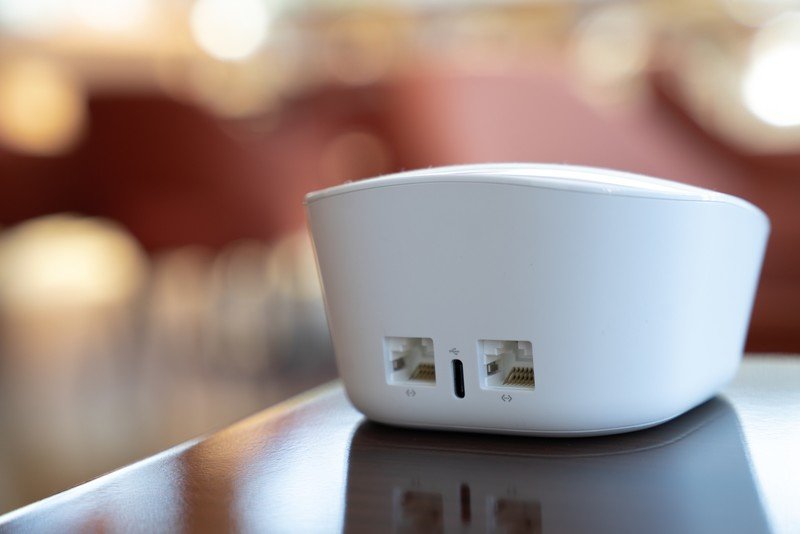
TP-Link and Eero have both been able to maintain full support for all previous Deco and Eero models for mesh expansion. This means that to expand your Deco mesh, you don't need to buy another X60 node if you don't need the extra speed. A slower X20 or even an older Wi-Fi 5 node could be added to the mesh.
Similarly, all Eeros work with the Eero Pro 6 mesh. You should always strive to keep your fastest nodes in the center of your home so they can connect to the base node if at all possible. If you have a slower router between the base and your closest remote node, you may be leaving performance on the table as you will be depending on the speed of the mesh connection. Still, a cheaper Eero 6 or Eero 6 Extender can be a cheaper option for adding coverage to a room that doesn't need a ton of speed.
TP-Link Deco X60 vs. Eero Pro 6: Software features
Both Eero and TP-Link offer fairly comprehensive security and parental control software with their routers. Eero Secure and Eero Secure+ are available as subscriptions and add some great features including upgraded technical support, parental controls, and improved network security. The base Eero Secure package is $2.99 per month or $29.99 per year. Eero Secure+ adds subscriptions to the password manager 1Password, a VPN subscription with Encrypt.me, and Malwarebytes antivirus. This comes in at $9.99 per month or $99 per year.
TP-Link HomeCare is included at no additional costs and includes parental controls, improved network security, and a more advanced QoS to keep traffic flowing to the most important applications and devices. HomeCare is a great addition to the Deco line and every person that upgrades to a Deco system should check it out.
TP-Link Deco X60 vs. Eero Pro 6: Which should you buy?
The Deco X60 is a great mesh system and HomeCare makes it a great fit for families that are asking more than ever from their home network due to working and learning from home. While the AX3000 connection should be able to keep up with most activity, if you have or think you might upgrade to a faster gigabit connection in the future, you may sacrifice some performance, especially in densely populated areas.
Eero Pro 6 is significantly more expensive than the Deco system but its hardware will be a better fit for people trying to make the most of a gigabit connection. If you don't need that much speed but want to stick with the Eero brand, you may also want to consider the Eero 6 as a slower alternative. Still, the Eero Pro 6 system will provide plenty of speed consistently for most homes thanks to its extra 5GHz band.
When Samuel is not writing about networking or 5G at Android Central, he spends most of his time researching computer components and obsessing over what CPU goes into the ultimate Windows 98 computer. It's the Pentium 3.

